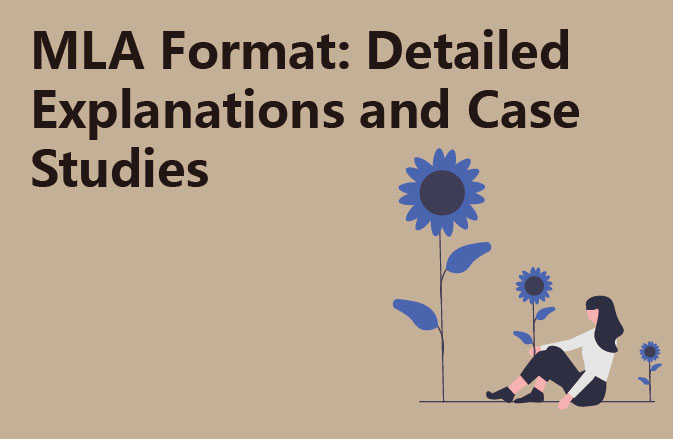In this paper, we will delve into the detailed rules and points of MLA (Modern Language Association) formatting with specific examples.MLA formatting is one of the most important norms in academic writing, and following it improves the quality of the paper and avoids the risk of mark deduction due to formatting errors.
MLA format is a paper format widely used in academia, and its rigour and standardisation are widely recognised. However, it may be difficult for beginners to understand and master the MLA format. Therefore, this paper aims to help you better understand and apply MLA format through detailed introduction and example analysis.
I. Overview of MLA format
MLA format is a set of dissertation formatting standards developed by the Modern Language Association of America. The format is mainly used for writing research papers in the field of humanities and social sciences, especially for countries and regions where English is the native or official language.MLA format emphasises simplicity and clarity, focuses on clear structure, and is easy to read and understand.
Basic Requirements of MLA Format
1. Font: Please make sure to use Times New Roman font and set the font size to 12.
2. Line spacing: double-spaced, without extra blank lines and subsections.
3. Margins: There should be a 1-inch margin area on both sides of the text.
4. indentation: use the TAB key to perform a 0.5-inch indentation operation.
5. Alignment: All content should be aligned to the left side to ensure a neat and beautiful page.
6. title page: the top left corner of the first page of the paper should be arranged in order of the title of the article, the author’s name, the instructor’s name, the name of the course, and the date and other information, each item of information should occupy a separate line.
7. References: the references section should be a separate page at the end of the paper.
Citation examples in MLA format
1. Citing a journal article: the format is as follows: author’s surname, first name + title of article + name of journal (in italics) + volume, issue (year); page number + printing. For example: John Doe, ‘The Impact of Technology on Education,’ Journal of Educational Technology, Vol. 38, No. 9 (2021), pp. 123-138.
2. Citing books: The format is as follows: author’s surname, first name + title of book (in italics) + place of publication + name of publisher + year + printing. For example: Jane Smith, The History of English Literature, Cambridge University Press, Cambridge, UK, 2019.
3. Citing web resources: the format is as follows: author’s surname, first name + title of article + name of website + URL + access time. For example, Mary Jones, ‘Digital Literacy in the Classroom,’ www.edutopia.org/article/digital-literacy-in-the-classroom, accessed March 15, 2022.
IV. Notes on MLA Format
1. in MLA 8th edition, it is clearly stated that a link to the website must be included.
2. there is no need to add the prefixes ‘http://’ and ‘https://’ when citing URLs.
MLA format is one of the important norms in academic writing, following it can improve the quality of the paper and avoid the unfortunate deduction of marks due to formatting errors. Through the above introduction and example analysis, I believe students have a more comprehensive understanding of MLA format. We hope that you will be able to use the MLA format proficiently in your future study and research and write high-quality academic papers!




